Indian Airlines was primarily a domestic airline, later absorbed into Air India. When Airbus sold the airline a number of Airbus A320s, the European plane maker created a special version with unique landing gear just for them.
Aircraft manufacturers sometimes make special versions of their planes to meet the needs of specific operators. For example, Boeing made Qantas a shorter 707 than other airlines and many years later added a flight engineer position on Ansett’s Boeing 767s.
Airbus A320 Gear
The main landing gear on virtually all Airbus A320s features a two wheel bogie. With a maximum take-off weight of around 78 tons, the pair of wheels on each side is enough.
Why Special Landing Gear For Indian Airlines?
Between June 1989 and December 1994 a total of 31 Airbus A320s were delivered to Indian Airlines with special landing gear. These featured four wheel bogies on each side.
When an aircraft is using a runway, the weight is distributed by the landing gear, with the main gear bearing most of it. The more wheels you have, the less weight is pressed onto the ground by each one.
This allowed Indian Airlines, and later Air India after the two airlines merged from 2007, to use the A320 throughout India. Infrastructure improvements eventually meant normal A320s could be used, but the ones built with four wheel bogies kept that configuration.
A Short Video Showing It In Action
You can see the Indian Airlines Airbus A320 with the double bogie main landing gear in action below. The video runs for about a minute and shows one taxiing at Delhi.
More wheels to distribute weight is not uncommon, with the Boeing 777 having six wheels on each side on their triple bogies. The winner is the Ukrainian built Antonov An-225 cargo plane though, with massive 14 wheel main bogies!
Overall Thoughts
Air India continued to fly the ex-Indian Airlines Airbus A320s with special landing gear through to June 2019. The last example was retired from airline service then, which means you can no longer get on one.
It is an interesting example of Airbus doing something different for their customers, something they’re not particularly well known for. For India, it worked out very well as the aircraft saw 30 years of service.
Did you know that Airbus made Indian Airlines A320s with special landing gear? Ever been on one? Thank you for reading and if you have any comments or questions, please leave them below.
Like planes? See my “Does anyone remember” series.
Flight reviews your thing? Mine are all indexed here.
Follow me on Facebook, Twitter and Instagram.
Featured image by Sean d’Silva via Wikimedia Commons.
Air India image by Steven Byles via Wikimedia Commons.
IndiGo image by Laurent ERRERA via Wikimedia Commons.




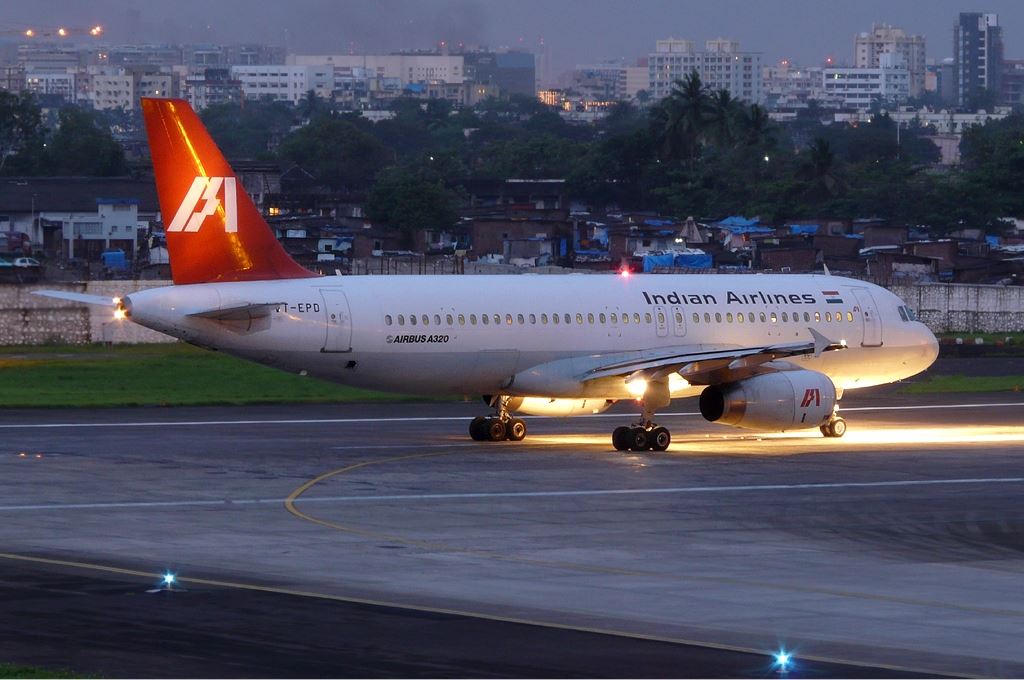
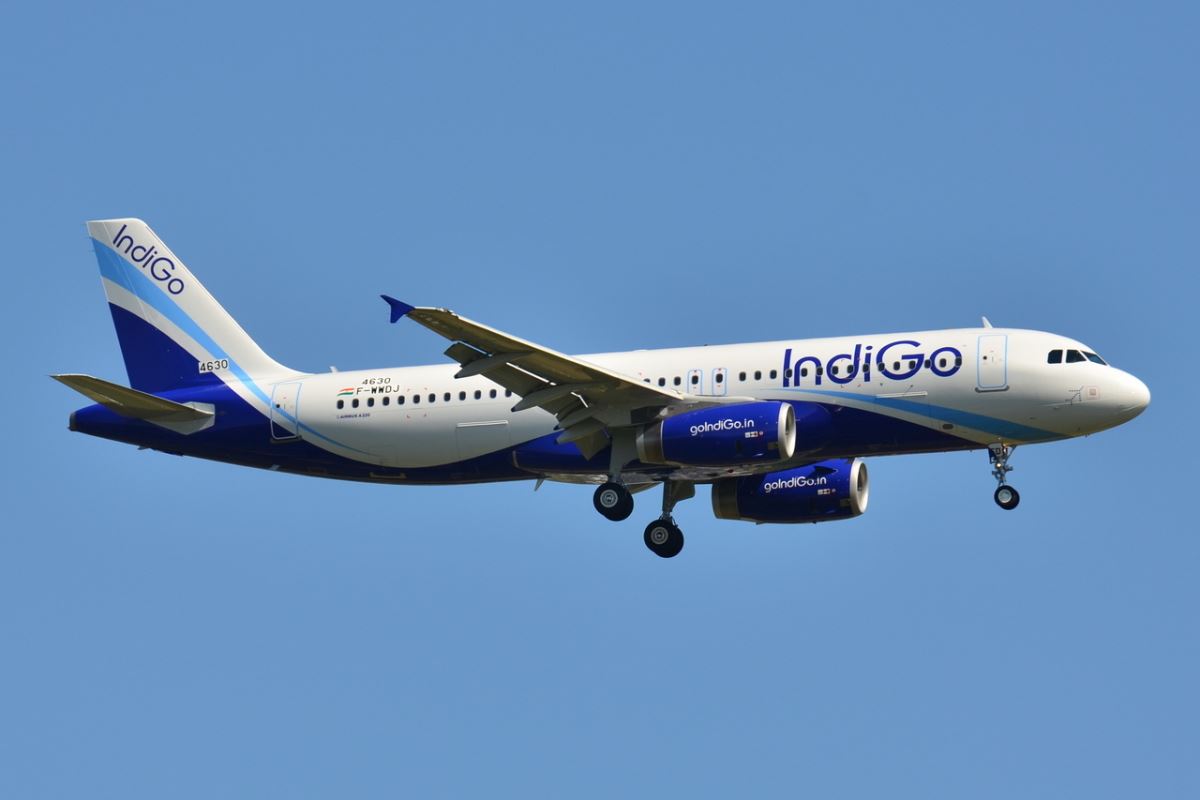
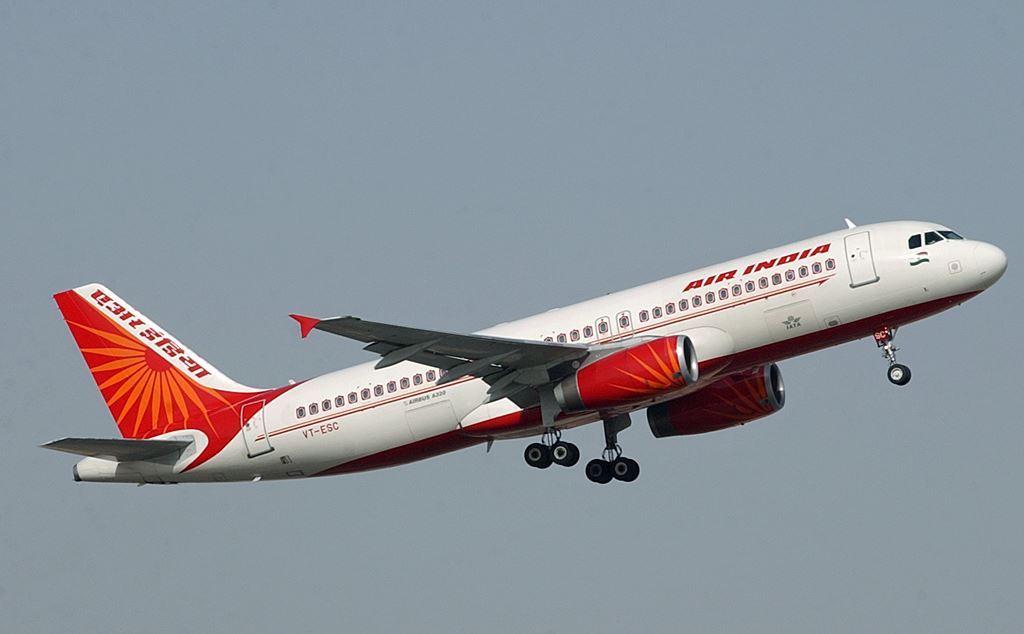



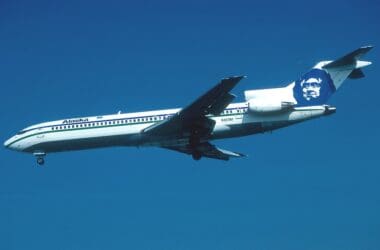
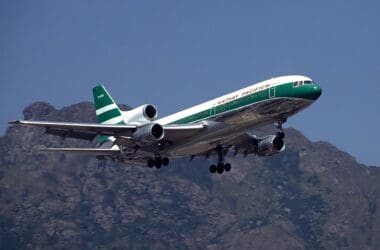
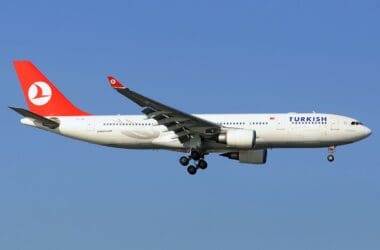
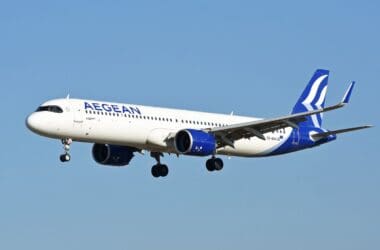

The Antonov An-225 is Ukrainian, not Russian.
Saying that the AN-225 is Russian is the same as saying that Air India is a Bangladeshi airline.
The author needs to learn to fact check.
You make a good point. In actual fact, it first flew in 1988 in the Soviet Union, so if we are being completely accurate here, it is a Soviet aircraft. You are correct though, it was the Ukrainian SSR where it came from. Thanks for pointing that out, I will amend the article later to reflect this.
You do drop such intriguing information. Ive flown on these aircraft a couple of time, but never noticed the difference between the landing gear.
I guess it wouldn’t be the first thing you’d check out when looking, unless you knew to look. It doesn’t stand out too obviously. Great that you’ve been on them though!
Nice informative article, flew four wheel bogie gear for 15 years as a pilot with Indian airlines and then Air India, they were sturdy and solid airplanes. In the later life from 2015 onwards finding spare part of specific design made for Indian airlines became an issue as the company’s supplying them were closing down and with just one customer it wasn’t viable for them.
That doesn’t surprise me too much around the spare parts as it was such a specific subset of the aircraft. I guess Airbus decided to make it as quite a good number were ordered. Great to heat you got to fly the plane! Glad you enjoyed the article and thanks for shedding some more light and personal experience into the conversation. I appreciate it!
Nice article. One of the reasons why the 4 wheel bogie was done was Bcus of a very smart man. The ex prime minister Mr. Rajiv Gandhi was an Indian Airlines pilot himself. He was the person who introduced the A 320 into the fleet. Being a pilot he knew the infra of the country very well and hence asked for the 4 wheel bogie as all airports did not a good tarmac to land on. Hence we saw a 30 year lifespan for the bird. Not a political scoring point but just to show how an educated person of the industry in a political seat can offer good advice for some great service. Miss the A300s though. Cheers.
This is some great information – I always like to hear more to the story of why things happened. That makes perfect sense. Also, yes – 30 years means that it was very successful and used to its full extent. If only everything was like this. Appreciate you taking the time to comment with some insight there! Thanks very much.
Interestingly, the airframe of the Indian Airlines aircraft in the post image, currently operates as a restaurant in Ludhiana, Punjab, India. This link shows the current status (https://www.planespotters.net/airframe/airbus-a320-200-vt-epd-air-india/rzwnmr), and here’s some press on the restaurant itself (https://economictimes.indiatimes.com/nation-world/hawai-adda-this-ludhiana-restaurant-is-inside-an-actual-airplane/take-a-look/slideshow/57129048.cms). Looks like Covid has significantly affected the restaurant’s business…
Wow, that is really cool! Great pictures in the slideshow and I think they’ve done a really excellent job with the conversion to a restaurant. Thanks a lot for sharing those, really appreciate it. It’s always good to see an aircraft take on a new life in one form or another.
My compliments on a very interesting and informative story! Thank you.
Thanks so much for the kind word! Glad you enjoyed it.